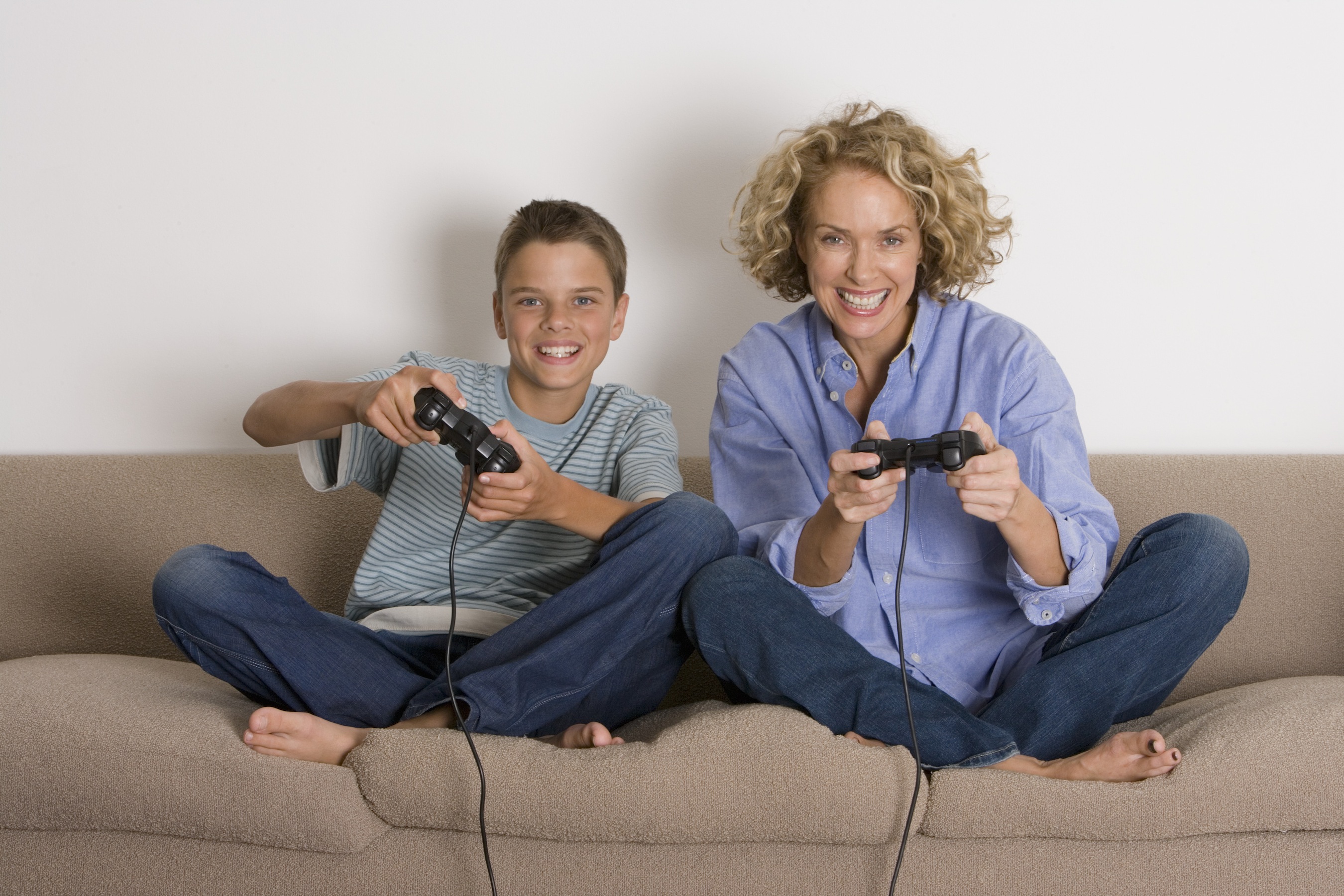Context of practice as a module had been very challenging but very rewarding. Time was the biggest issue when it came to completing short deadlines and the module deadline in the end. This was partially due to the fact that other modules needed more time and effort to be put into them. Responsive module was the only module that put me on the back foot and made what time I had left extremely valuable. However, due to hard work and a good understanding of my research question I knew what I wanted to do and how to achieve it and eventually coming up with a strong conceptual final resolution for the campaign. Phonebloks smartphone gave me such an opportunity to created something creatives and imaginative. Ideas upon ideas rang through my mind with the construction and customisability of the phone that only helped me speed up my work management abbd helped me make up loss time. The only downfall with Phonebloks was the fact that it’s a modular phone. Modular phones are very new to the tech industry and very rarely heard off in public. Therefore, there was no existing advertising material for modular smartphone. In a way it acted as a gift and a curse. It meant that I truly had to understand what a modular phone was and to learn the benefits and how it’s constructed. The best part was the flexibility. I was essentially advertising a revolutionary phone that could potentially changed the way we see smartphone in years to come. It was exciting to know that I had complete freedom to promote modular phone in any form I wanted too.
The main benefit I found with this module is being able to apply existing skills and knowledge that I learnt from other modules and developing them further for context of practice. The isometric typography and illustration that I created for responsive was the perfect fit for cop. As I was working on both modules side by side I could see how the Isometric grid linked and represented both briefs I was working on at that time (Penguin & cop). The isometric grid represented a block-type structure and that’s the potential I saw in the isometric grid. Phonebloks was a phone that was build like an isometric grid. With its block-like construction, Isometric grid was the perfect tool to implement within the campaign for Phonebloks.
I found feedback very beneficial and constructive. Without the feedback I would have blindly created something that I personally liked but it would’ve of appropriate for the brief. Simon gave me such an important issue to think about. It was something that I knew deep down I was doing but didn’t want to admit. Simon made me aware that I was approaching the brief from viewpoint as a designer and not from an advertising perspective. Even though I loved the current set of adverts at that stage, I knew I had to change them and start to think from the viewpoint of advertising in order to improve the quality of my work.
Lastly, implementing the eight hidden needs within my campaign was a challenge. From the start I always had it in my mind that I was going to somehow implement all eight desire into the adverts. But I came to realise that this wasn’t possible. I explained the reason for it in my blog but I only chose desires that I felt were appropriate and in which made my concept stronger. I didn’t want the risk of destabilising the concept by trying to embed all eight needs within it. In the end the module started slow but very quickly built up momentum when the deadline approach. I felt I handled the workload well and managed to produce a series of adverts that clearly linked my research question and practical in harmony.
































